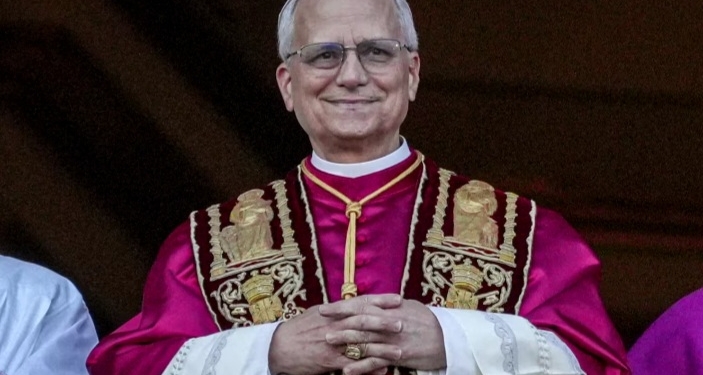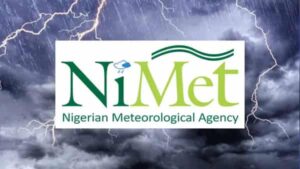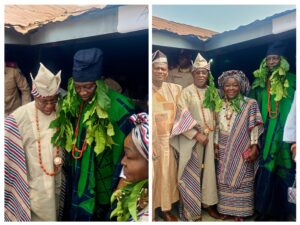
Cardinal Robert Francis Prevost was, on Thursday, elected as the 267th Pope of the Catholic Church.
He takes the papal name of Pope Leo XIV, and he is the first Pope from the United States.
The new 69-year-old pontiff served as head of the Vatican’s ultra-powerful Dicastery for Bishops under Pope Francis for the past two years. That made him responsible for advising the Pope on picking new bishops around the world, which is, inter alia, a great way to make friends in the Catholic hierarchy.
Born in Chicago in 1955 into a family of Italian, French and Spanish origins, Prevost went to high school at a minor seminary run by the Order of St. Augustine, called the “Augustinians.”
From there, he enrolled at Villanova University in Philadelphia, earning an undergraduate degree in mathematics in 1977. He joined the Augustinians the same year and began studies at the Catholic Theological Union (CTU), where he earned a Master of Divinity degree in 1982. Prevost is the first CTU alumnus to be named a Cardinal
He then moved to Rome, in Italy, where he earned a doctorate degree in canon law from the Dominican-run University of St. Thomas Aquinas, popularly known as the “Angelicum.”
In 1985, Prevost joined the Augustinian mission in Peru. His leadership qualities were quickly recognised, as he was named chancellor of the territorial prelature of Chulucanas from 1985 to 1986. He spent a couple of years back in Chicago as the pastor for vocations for his Augustinian province before returning to Peru, where he would spend the next decade running an Augustinian seminary in Trujillo while also teaching canon law and serving as prefect of studies in the diocesan seminary.
Again, Prevost returned to Chicago in 1999, this time to serve as prior of his province.
In 2001, he was elected the Prior General of the worldwide Augustinian order, with its headquarters in Rome at the Augustinian Pontifical Patristic Institute, known as the “Augustinianum,” which is located immediately adjacent to St. Peter’s Square and tends to be prime real estate for meeting visiting clergy and bishops from around the world. Prevost would serve two terms in the post, earning a reputation as a deft leader and administrator, before returning briefly to Chicago from 2013 to 2014 as a director of formation for the order.
In November 2014, Pope Francis appointed Prevost apostolic administrator of the Diocese of Chiclayo in Peru, and a year later he became the diocesan bishop. Historically, the Peruvian bishops have been badly divided between a left wing close to the liberation theology movement and a right wing close to Opus Dei. In that volatile mix, Prevost came to be seen as a moderating influence, reflected in the fact that he served on the conference’s permanent council and as vice president from 2018 to 2023.
Pope Francis inducted Prevost into the exclusive order of Cardinal Bishops in February 2025, a clear sign of papal trust and favour – and this despite the fact, according to observers, that Prevost and the late pontiff didn’t always see eye-to-eye; but Francis nevertheless saw in the American prelate a man he felt he could rely upon.
In his first words as Pope, Leo XIV spoke fondly of his predecessor, Francis.
“We still hear in our ears the weak but always courageous voice of Pope Francis who blessed us.
“United and hand in hand with God, let us advance together,” he told cheering crowds at the front court of St. Peter’s Square.
Prevost also spoke of his role in the Augustinian Order.
He would be seen as a figure who favoured the continuity of Francis’ reforms in the Catholic church.
He is believed to have shared Francis’ views on migrants, the poor and the environment.
Although he is an American, and will be fully aware of the divisions within the Catholic church, his Latin American background also represents continuity after a Pope who came from Argentina.
Vatican spokesperson, Matteo Bruni, said that during gatherings of the College of Cardinals in the days before the conclave, they emphasised the need for a Pope with “a prophetic spirit capable of leading a Church that does not close in on itself but knows how to go out and bring light to a world marked by despair.”




